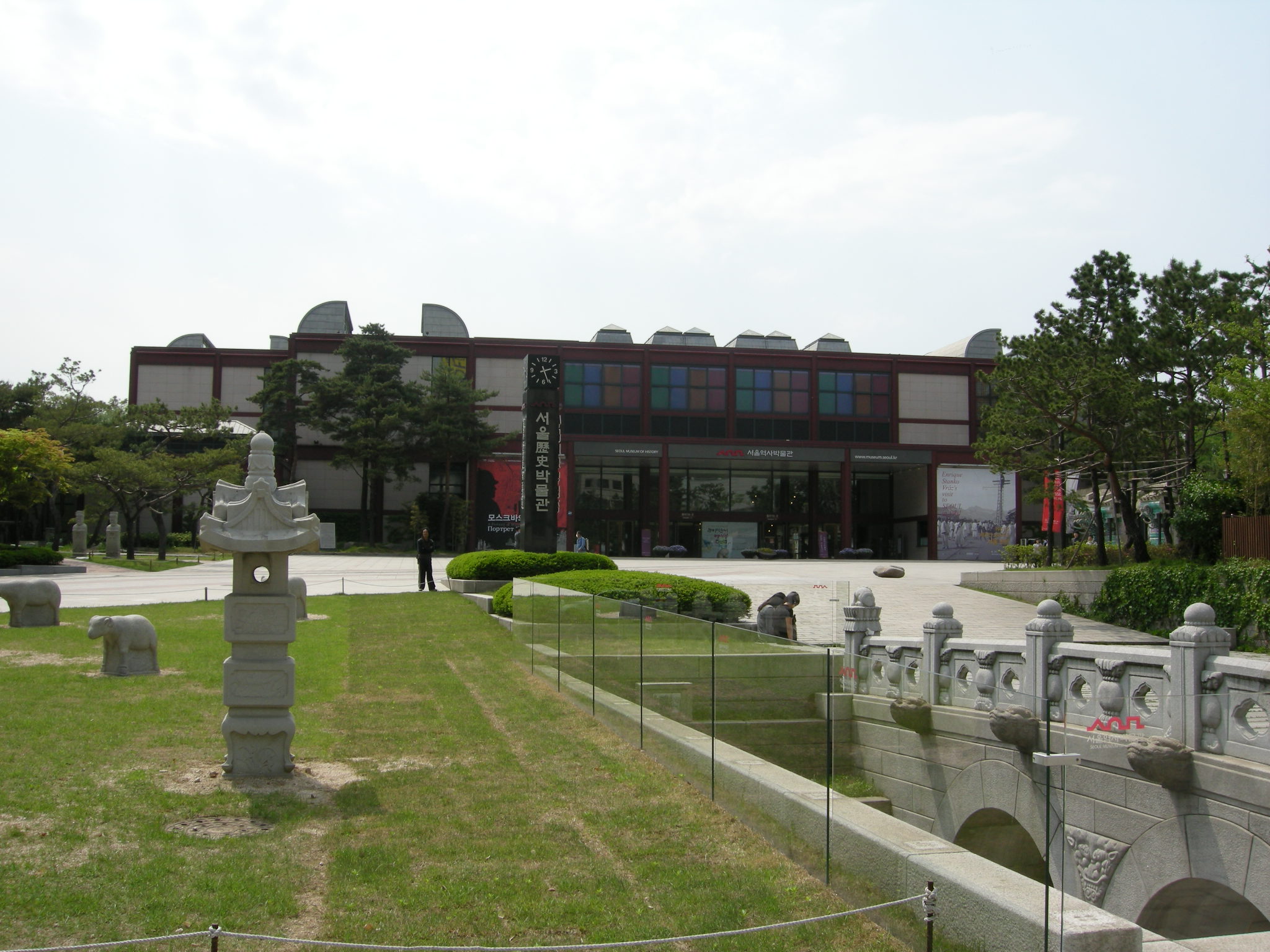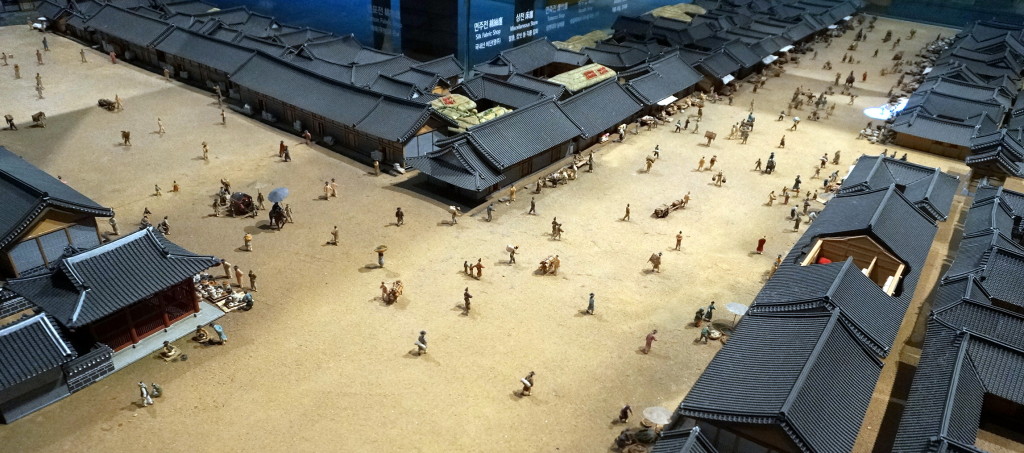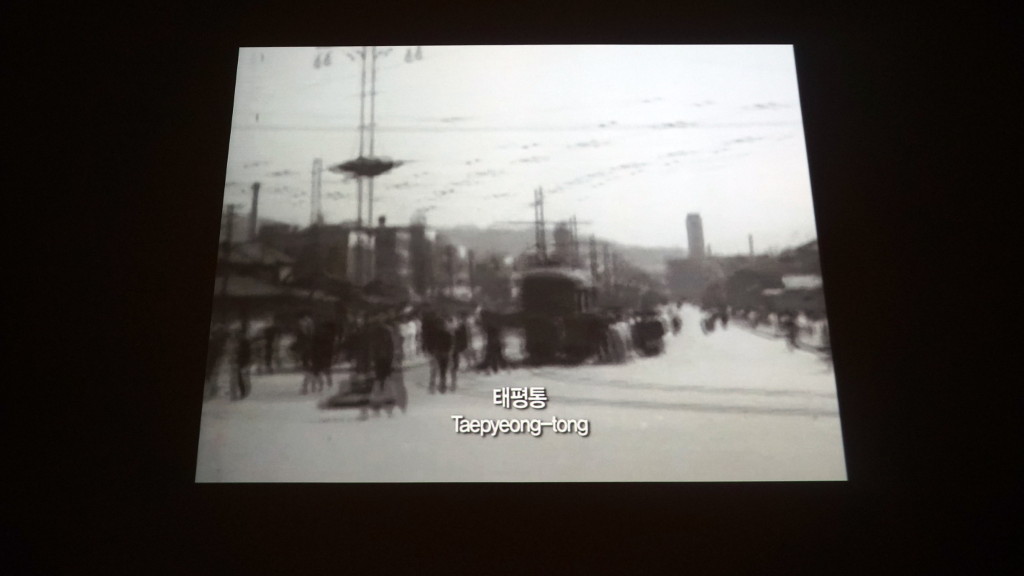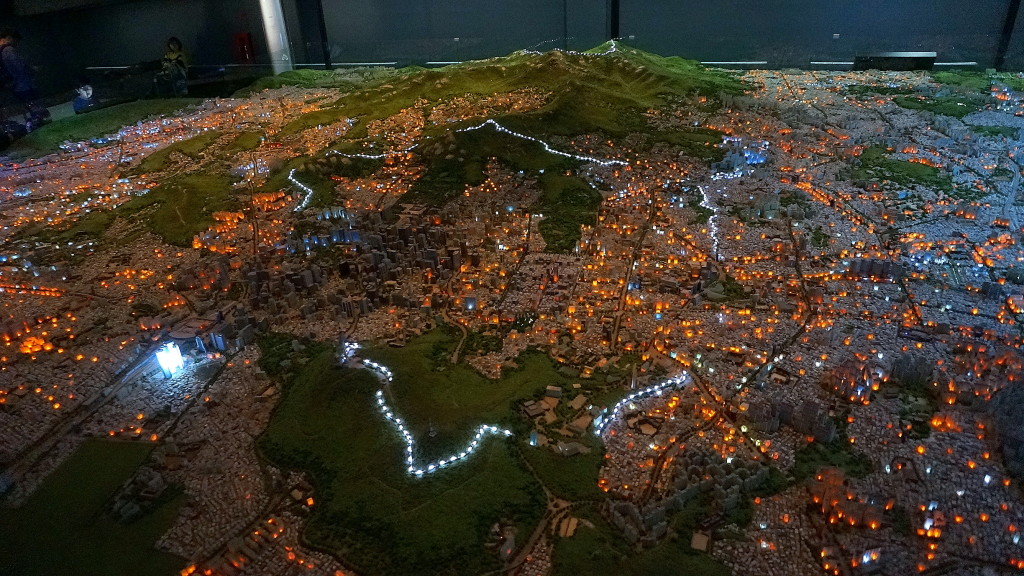
Exploring Seoul’s Fascinating Past at the Seoul Museum of History
In Seoul, the whirlwind pace of life and blitz on all your senses makes it easy to get lost in its metropolitan modernity. Seoul itself seems to crane its head strictly towards the future in the form of higher skyscrapers and talks of economic growth and expansion making it easy to forget the fascinating, difficult, and sometimes harrowing past of the city- which traces its roots as far back as 18 BCE.
With such a long stretch of history, it’s not easy to provide a narrative of the story of Seoul that’s both informative and interesting at the same time but the Seoul Museum of History does exactly that.
I first happened upon this museum by chance while walking near the area on a Saturday afternoon. Having lived for many years in Korea, I had been to most of the major museums around Seoul and didn’t think much about visiting this particular one but I was, admittedly, enticed when I saw that the admission was free and thought it a good way to kill some time before a dinner appointment. I had no idea I would walk out so impressed and having given so many new insights into the city I currently called home.
The museum is, rather appropriately, located in a historic part of Jongno, just a few blocks west of Gwanghwamun and right by Gyeonghui Palace (Gyeonghuigung). Setting the mood for the warp back in time is an actual street tram in front of the museum. In the early 20th century, the trams used to be crammed with Seoul’s citizens who used it to get to different parts of the city before being replaced by subways and buses.

Somewhat ironically, the Seoul Museum of History is relatively new, having opened only in 2002, and remains rather overlooked by tourists and locals alike- overshadowed by grander museums in the city such as the National Museum of Korea and the National Folk Museum of Korea inside Gyeongbok Palace. Inside though, the museum is spacious and includes a special exhibition hall with rotating exhibits and four permanent exhibit halls covering a sweeping but rather thorough overview of Seoul’s history from the prehistoric era to today.
Though perhaps not as grandiose in design as some of the other Seoul museums, the Seoul Museum of History more than makes up for it with detailed, informative, and interactive exhibits, many which utilizes the latest technology. In one of the earlier exhibit halls, a projector shoots a sweeping overview of the major royal and religious buildings, as well as the erection of the city’s fortifications to show how Seoul’s iconic and historic sites came to be.
In another, a large scale model of Jongno street has been recreated showing, through miniature figurines, the details of everyday commercial and residential life during the Joseon Dynasty and complete with voice overs and narration. In all these exhibits and displays, there is a thorough and excellent English explanation which reflects the considerable thoughts and effort made in accommodating visitors beyond locals.
As you move through the exhibit halls, you’ll be brought through Seoul’s history during the Joseon Dynasty, colonial rule under Japan, the Korean War, and its rebirth and subsequent light speed growth post-war through pictures, maps, relics, and more. One of the museum’s great strengths is how it rightly balances the grand narrative of Seoul’s story between being too broad and being too tedious. The bits of knowledge and information one can pick up are both interesting and fascinating. Did you know, for instance, Seoul was almost not chosen as the capital seat of the Joseon Dynasty? Or that Itaewon was originally known for its many pear tree fields?
As the exhibit halls move you forward through time you’ll learn about some of the very first foreigners who came and lived in Seoul, how the city was drastically affected from the Japanese occupation, and get a glimpse into how the capital took shape from various reconstruction projects to resemble the Seoul we know today. Particularly fascinating was the video reel showing different clips from daily life in Seoul during the early 1900s.
Another must see is the impressive Seoul Panoramic Theater on the third floor. The enormous scale model of Seoul is done on a 1/1500 scale over 317.29㎡ of floor space, with the entire model spanning a sprawling 21.1m by 14.5m. One can walk around the entire model to examine the astounding details of the city including Seoul’s different buildings, landmarks, rivers, streams, and even subway stations. Like the other exhibits at the museum, the scale model utilizes the latest technology enabling you to pinpoint certain spots and even snap a photo to mail to yourself as a memento.
The outside grounds of the museum also holds a scattering of relics such as pagodas, steles, statues, and other historic artifacts. Inside the museum is also a gift shop, educational library, and cafe for some light refreshments.
With a good balance of observational and interactive exhibits, English language explanations, and engaging information, the Seoul Museum of History should appeal to history lovers of all ages as well as those who want to learn more about the city. Best of all, admission is absolutely free as are audio guides in English, Korean, Mandarin, and Japanese. Other perks about the museum includes free baby carriage and wheelchair rentals for the disabled (on a first-come-first-serve basis) and a traditional Korean art workshop which foreigners can sign up for (click here for more information).
For hours and times click here for more information. Note that the museum is closed on Mondays.
Address: 55, Saemunan-ro, Jongno-gu, Seoul
Phone number: 02-2-724-0274~5
Directions from Gwanghwamun Station:
1. Come out of exit 6 and immediately turn right to walk alongside the major road
2. Keep walking parallel to the road for about 450 meters until you get to a pedestrian crosswalk that crosses the major road on your right and cross to the other side. The museum’s grounds should be right in front of you.



